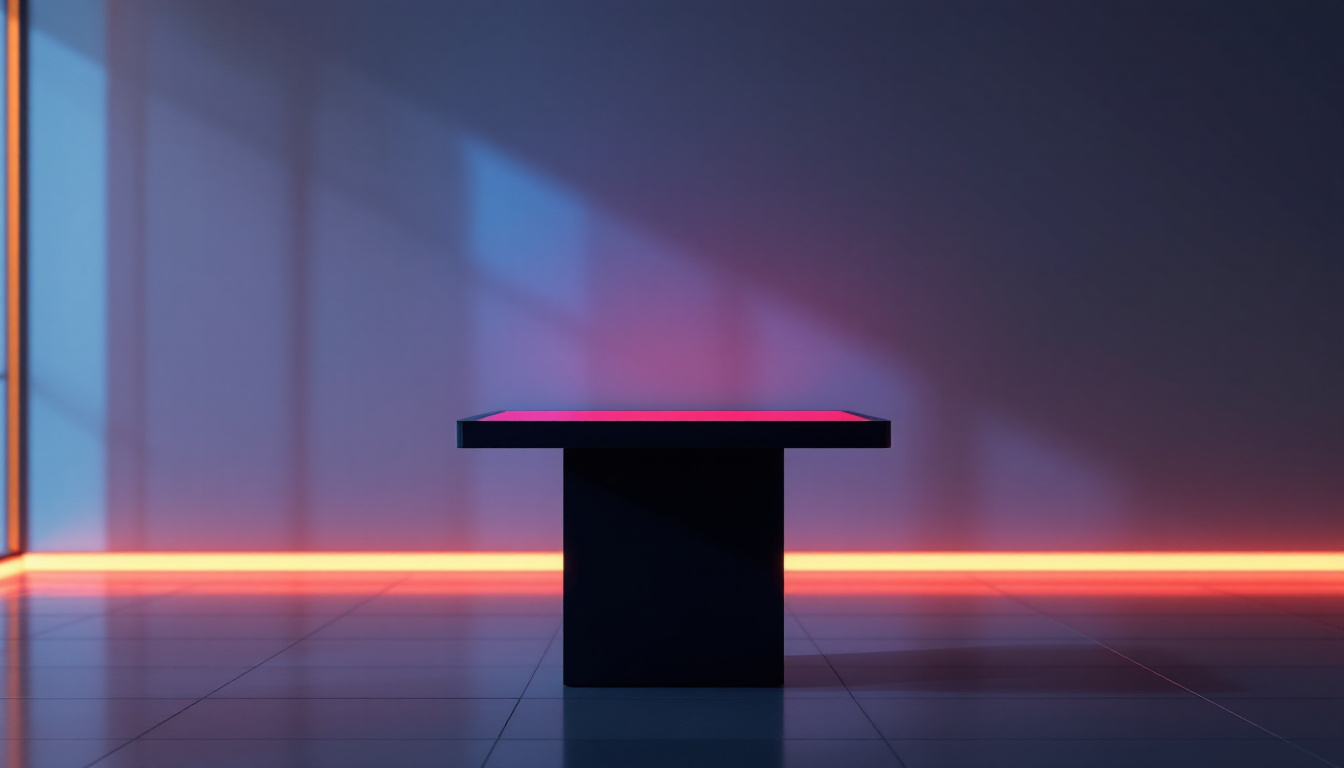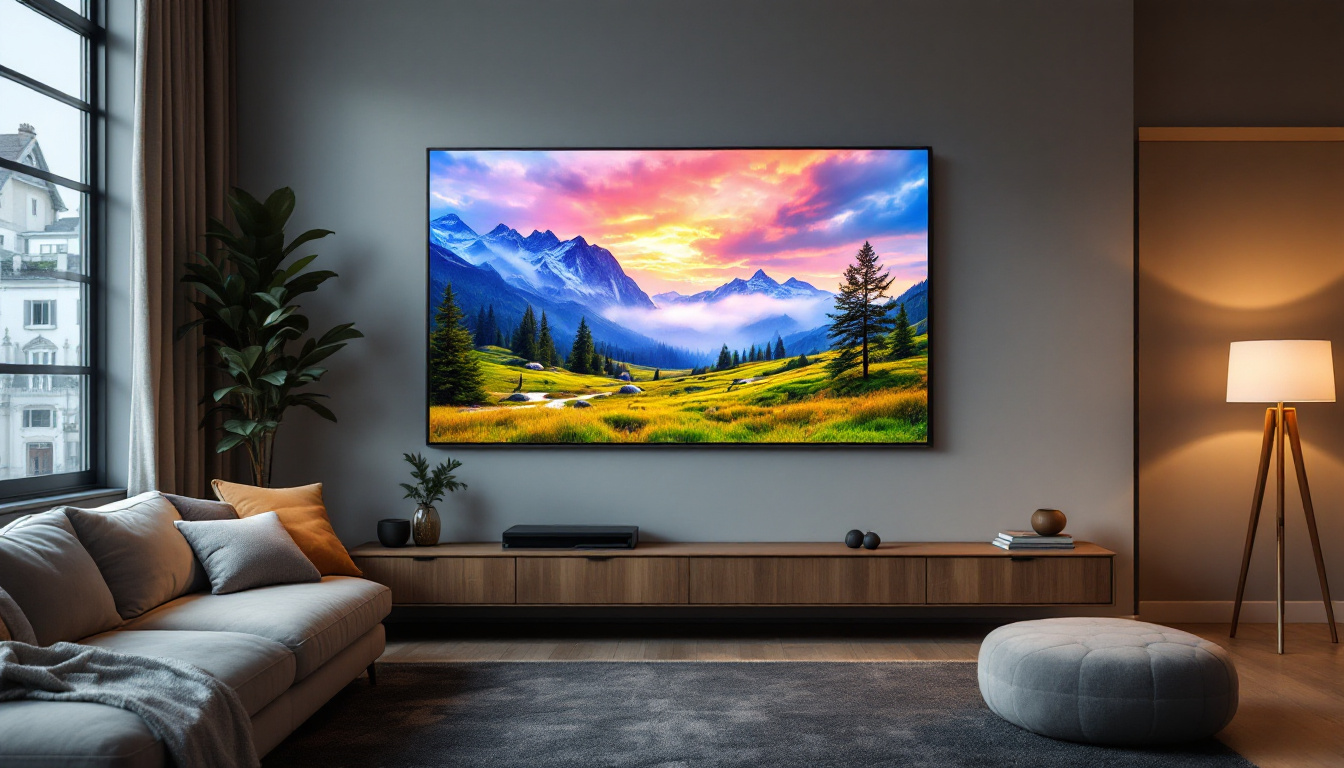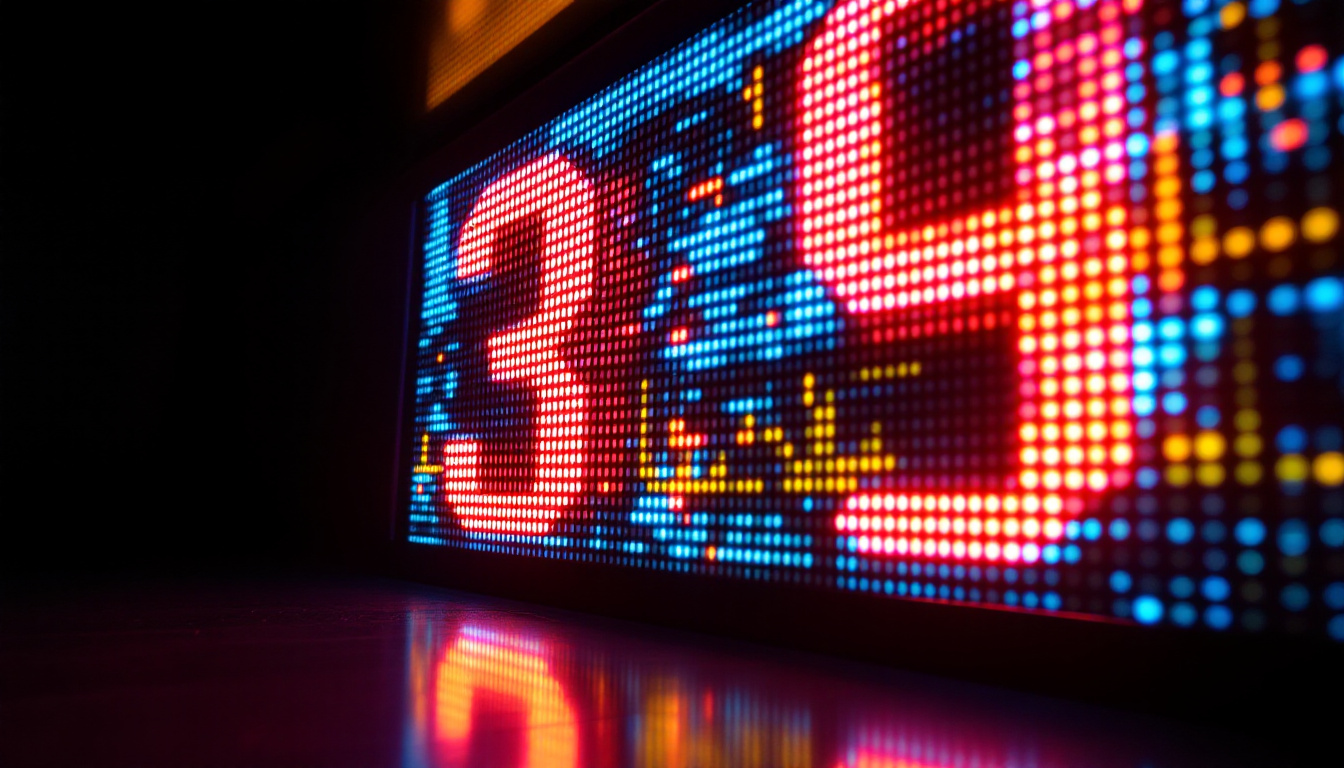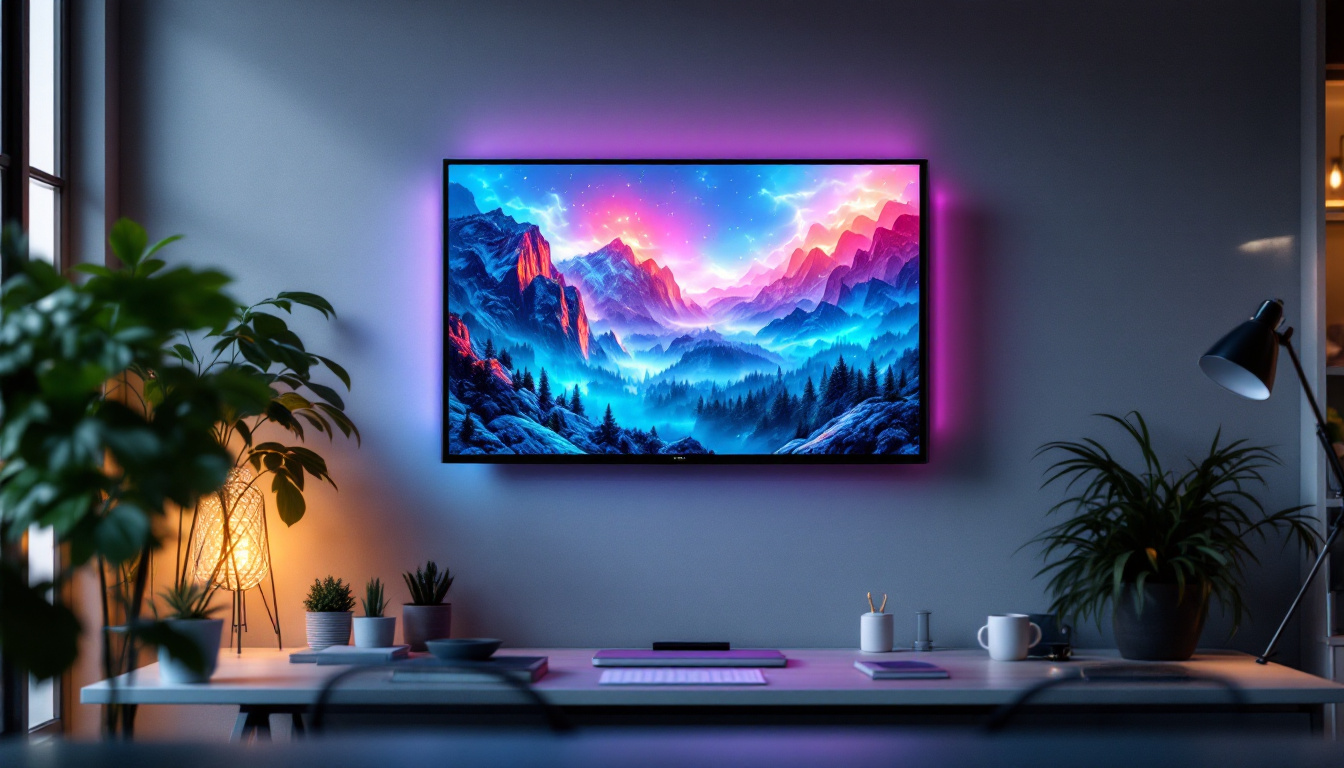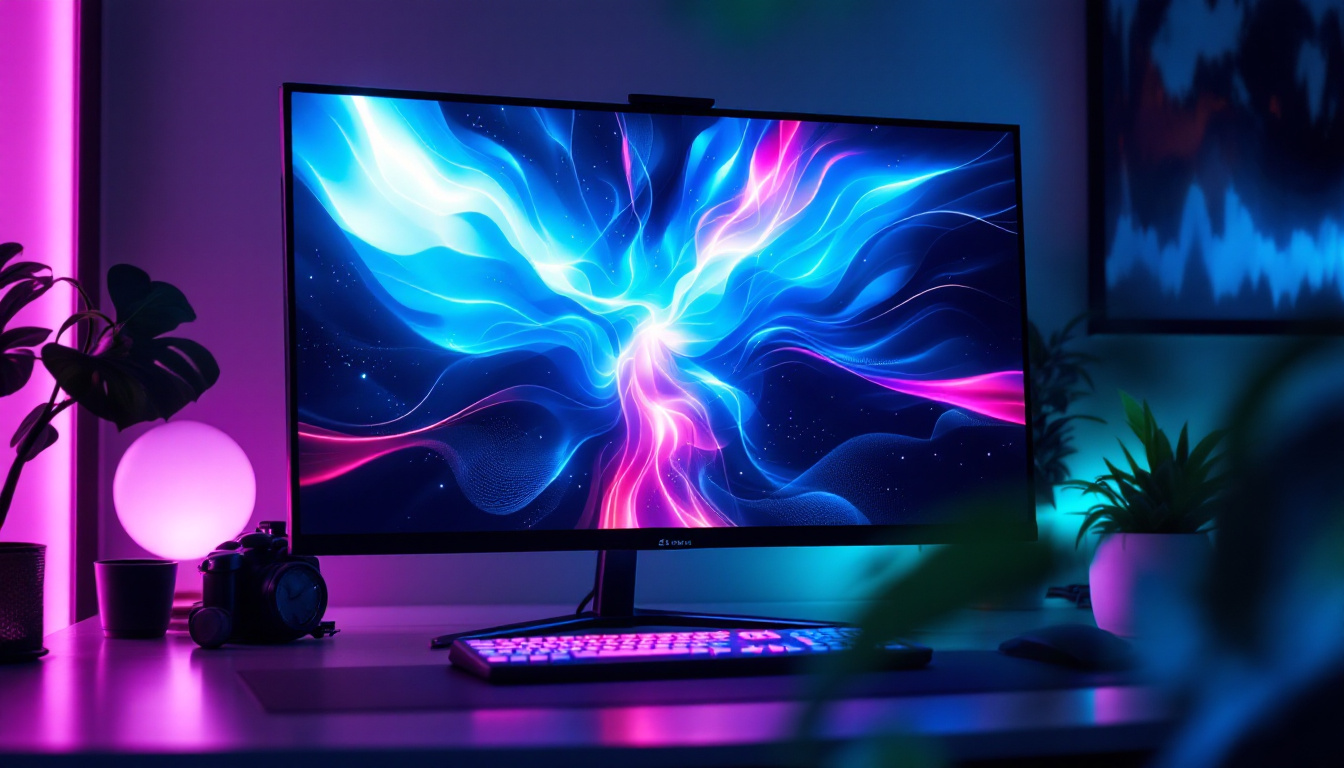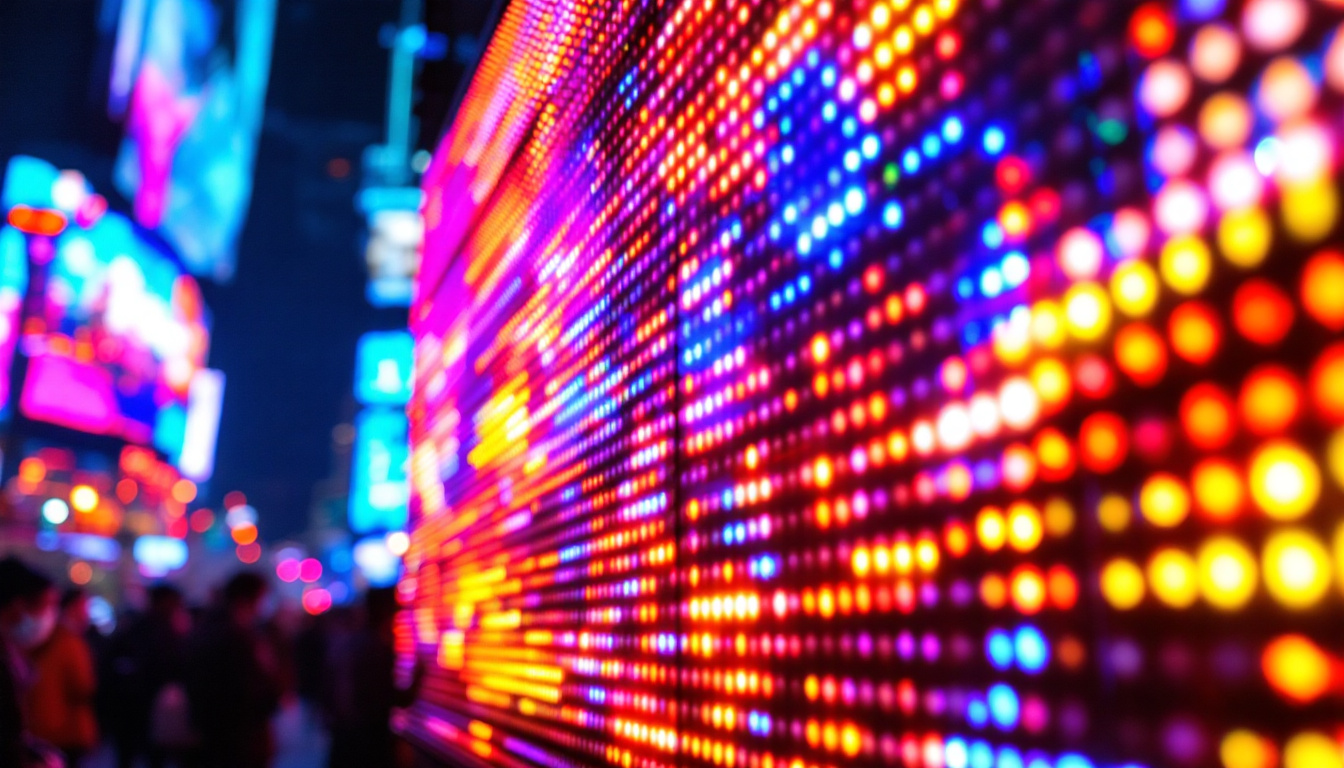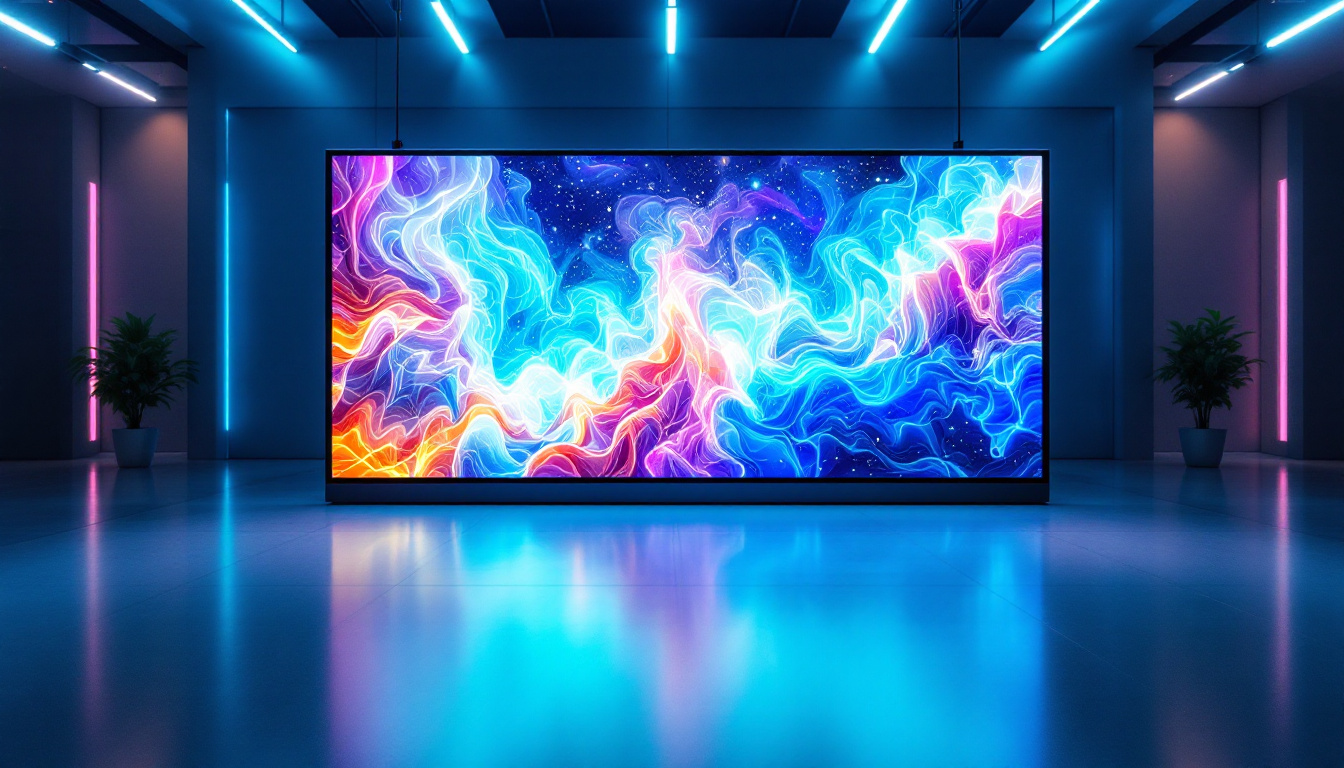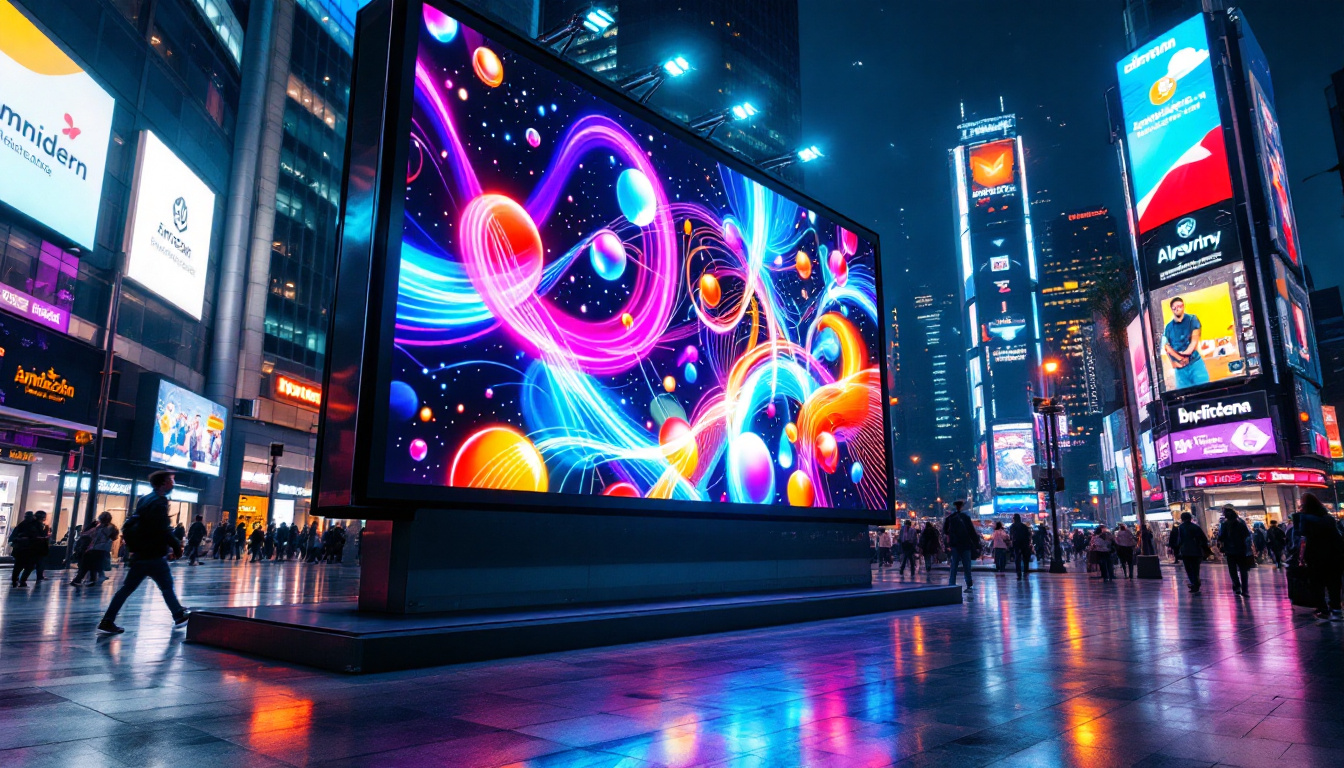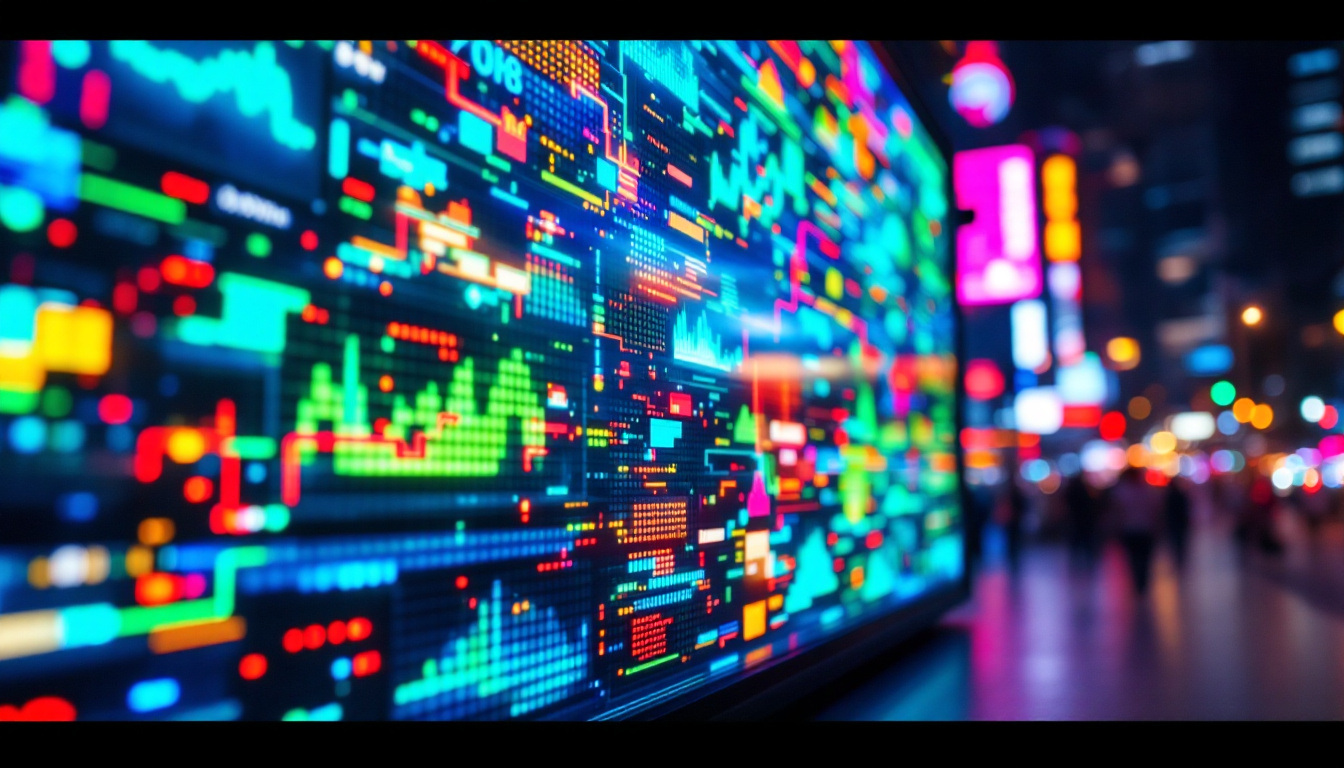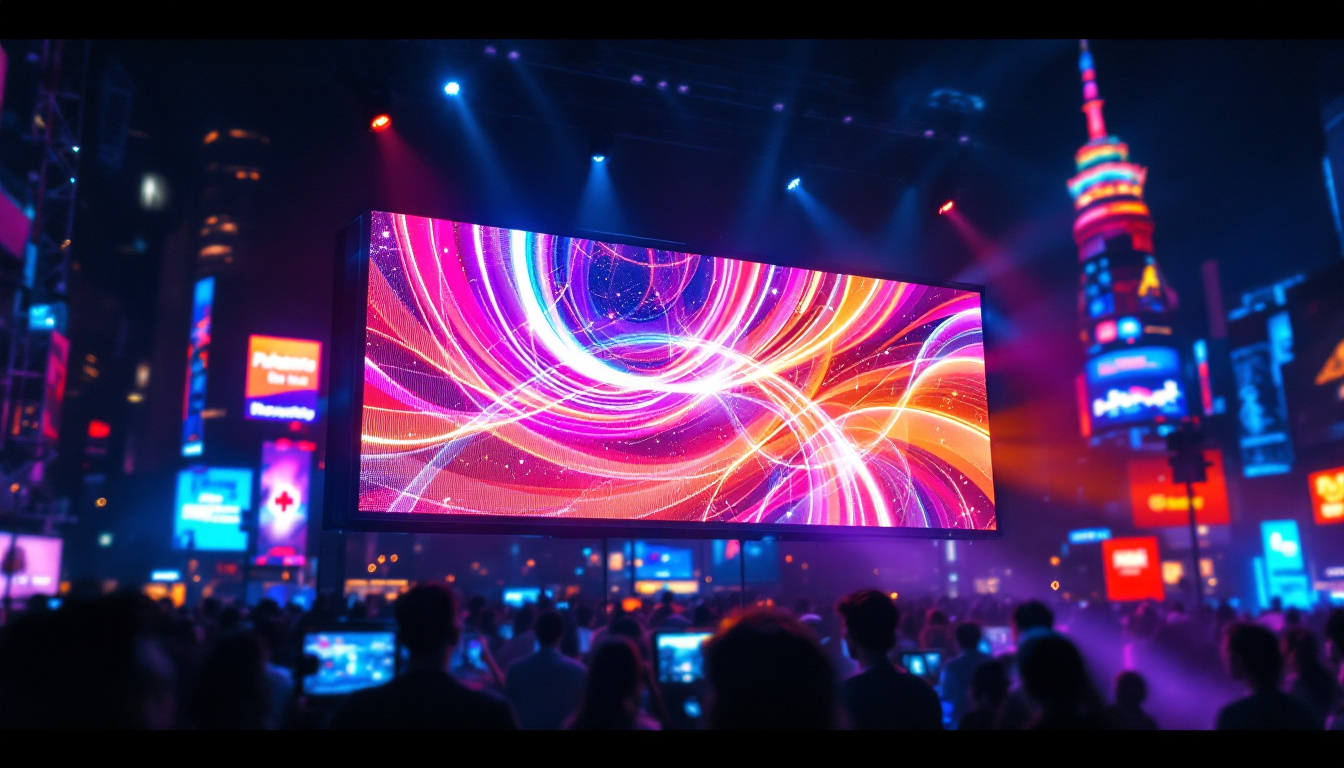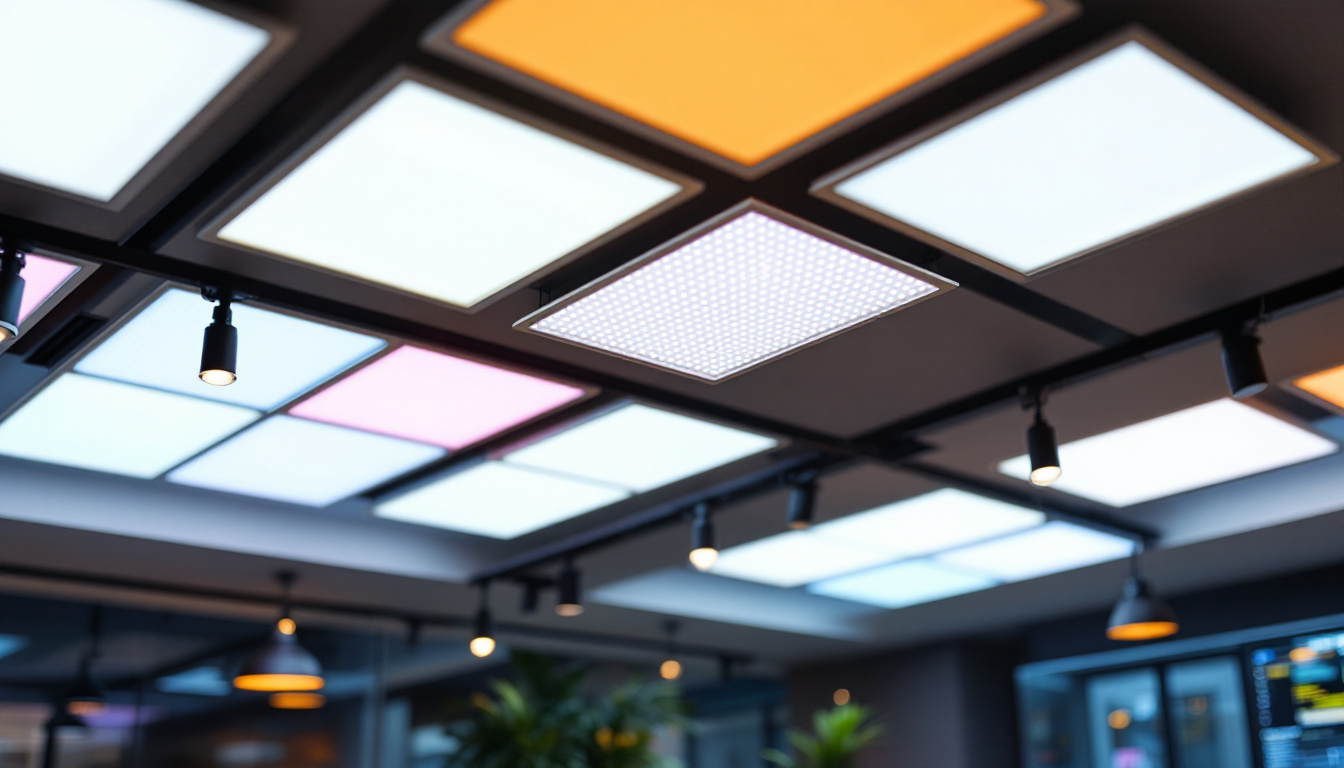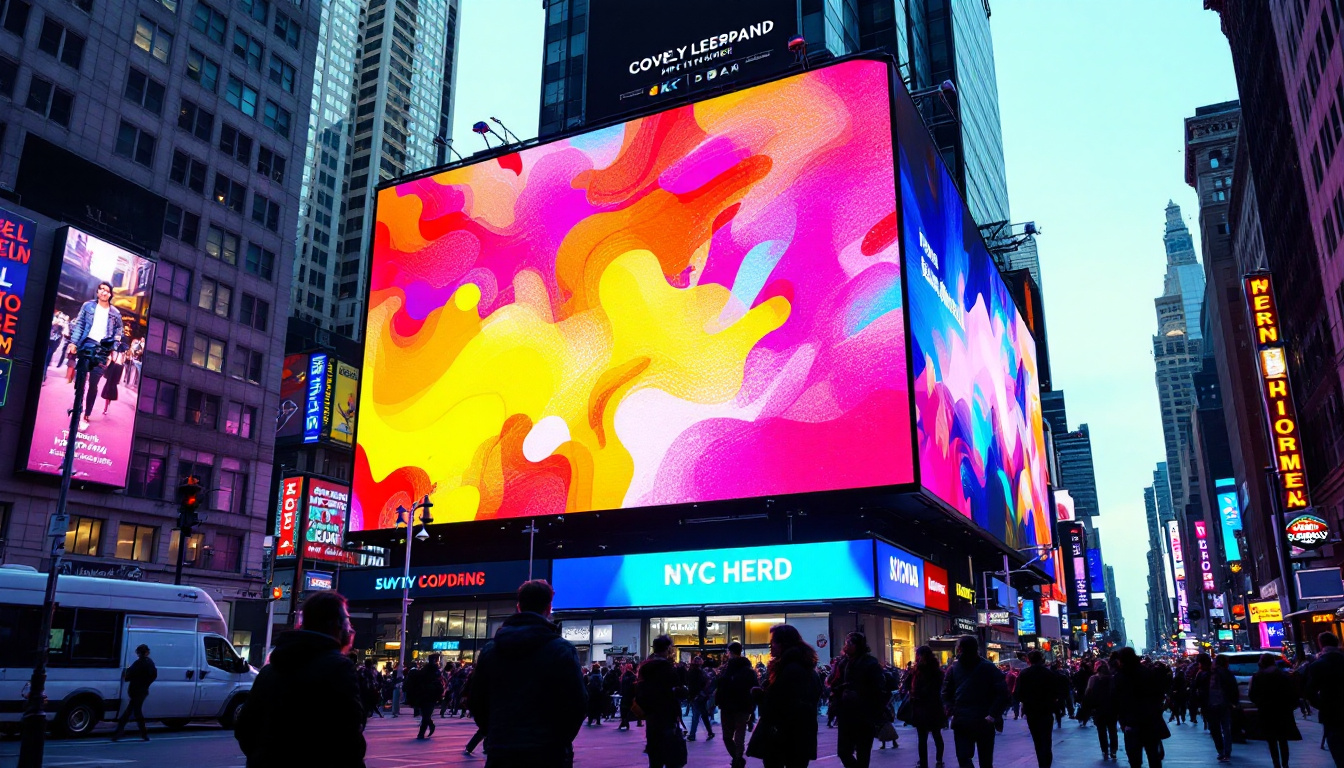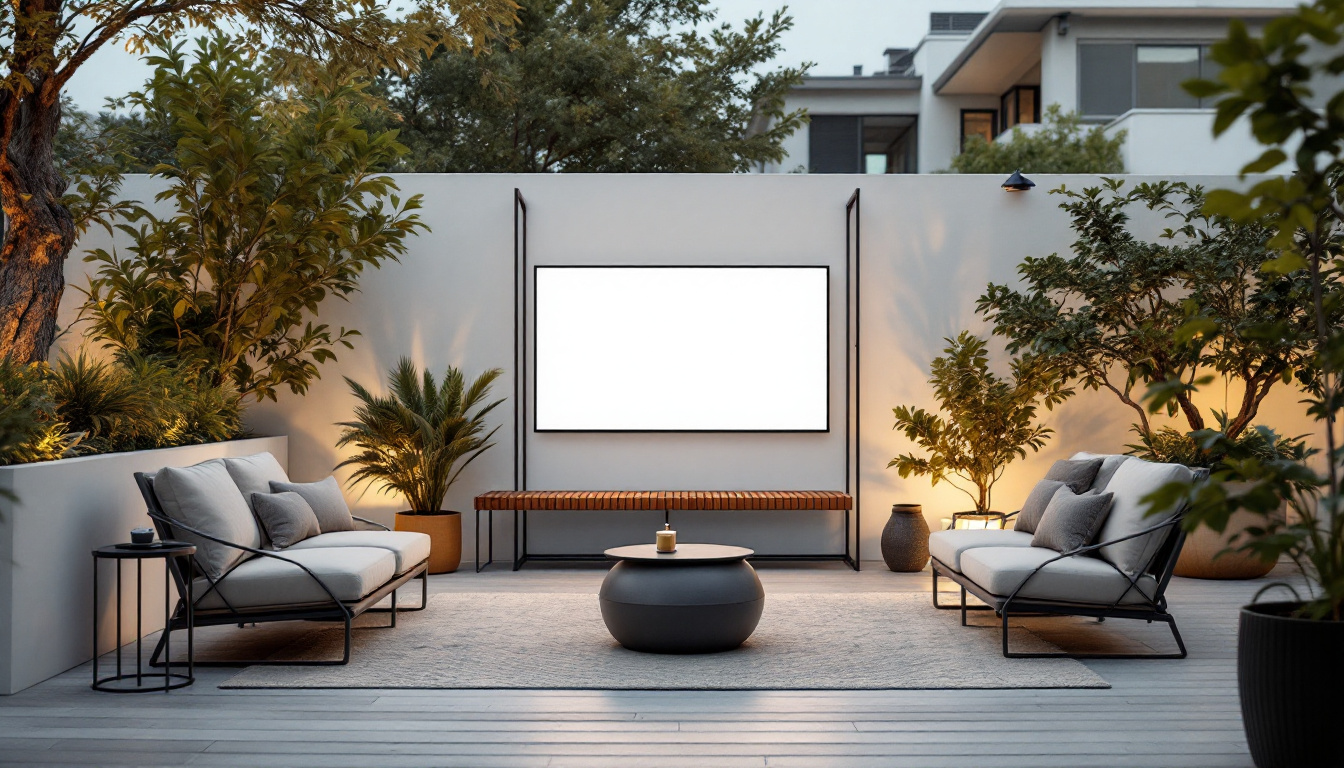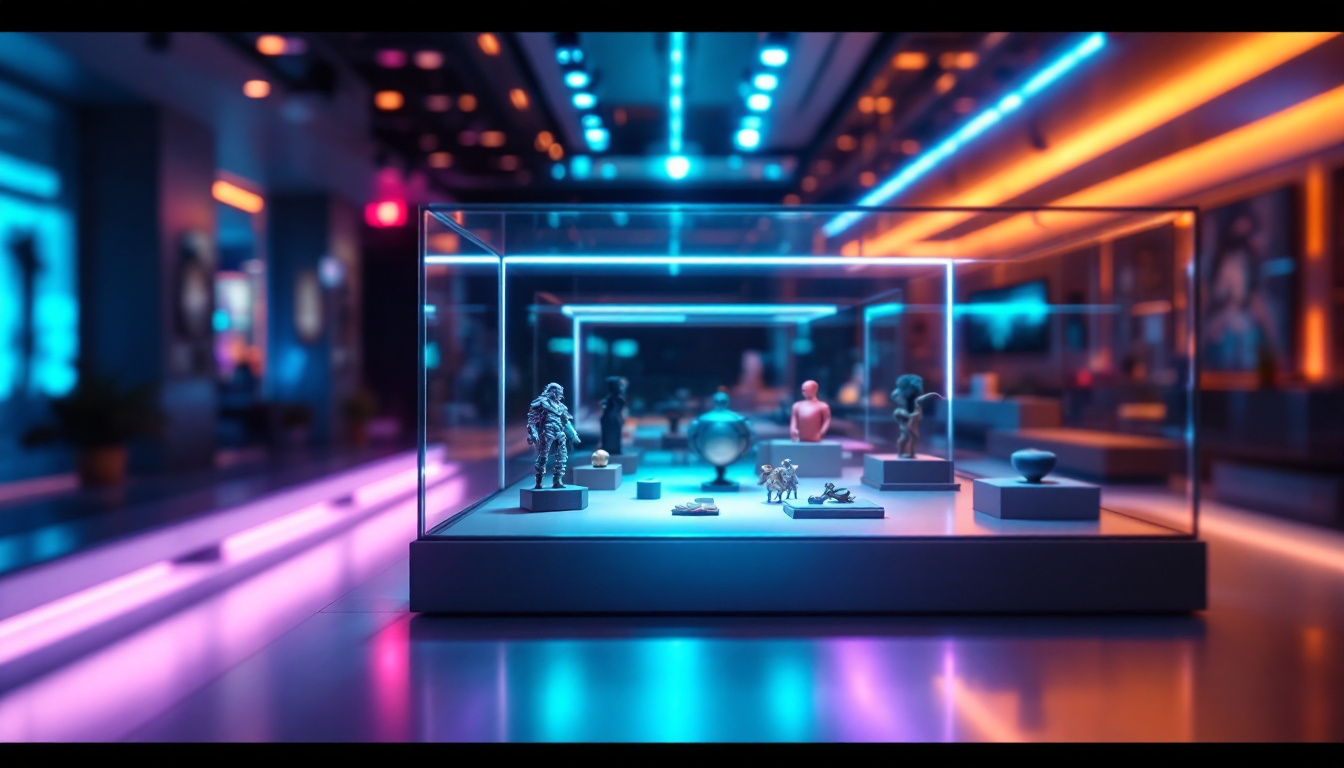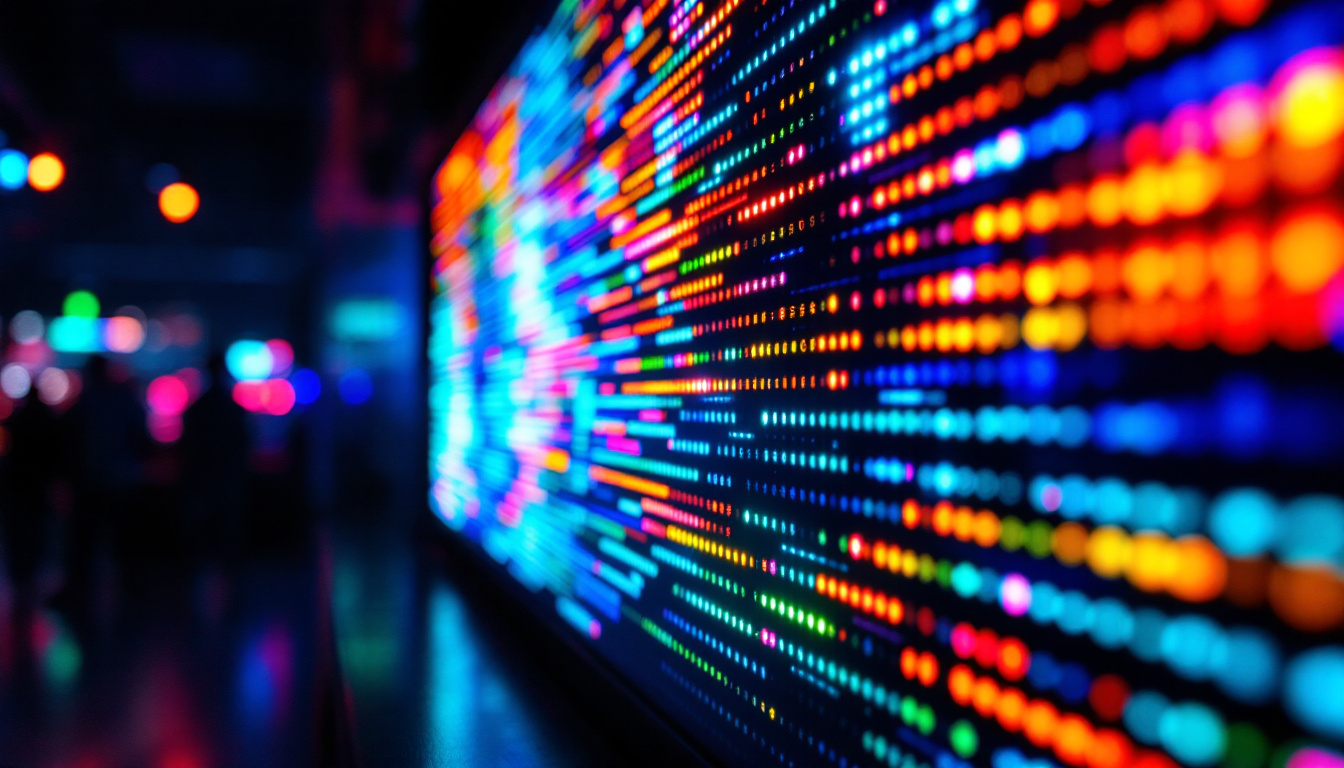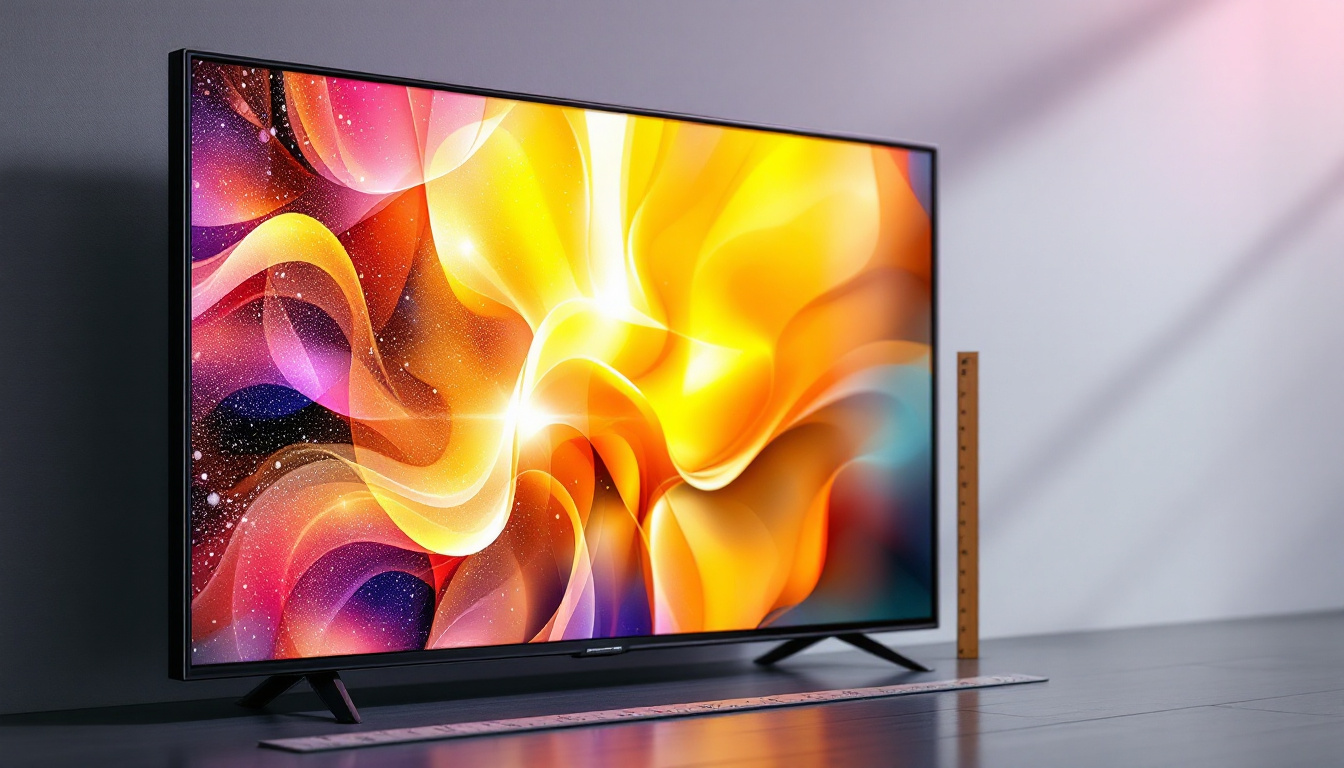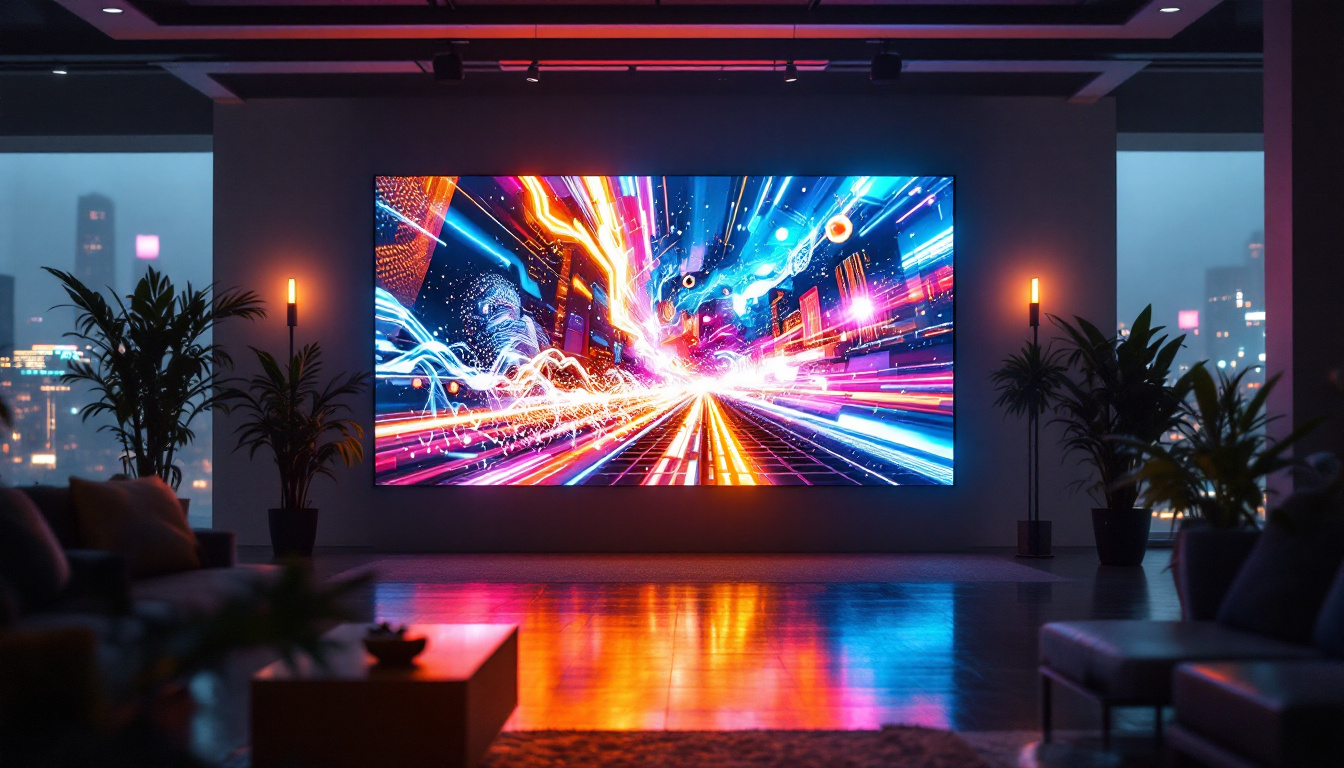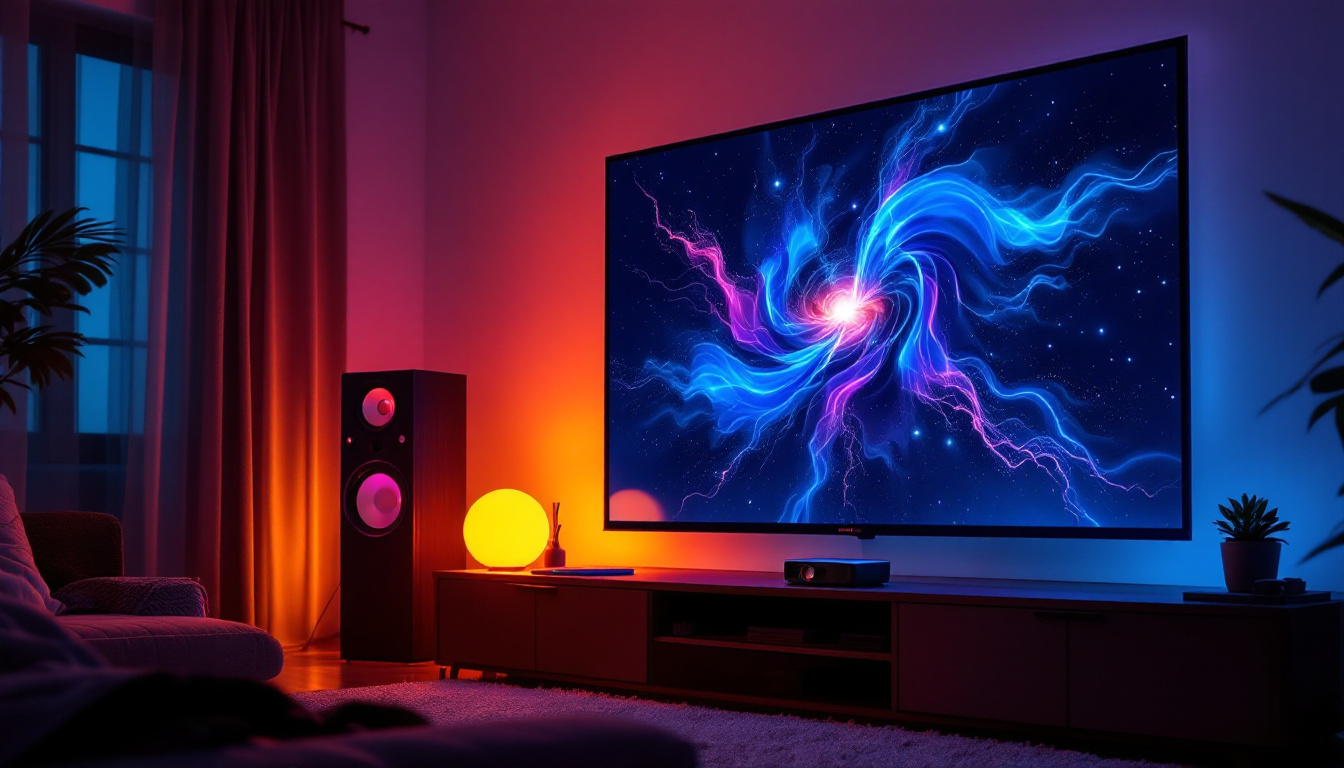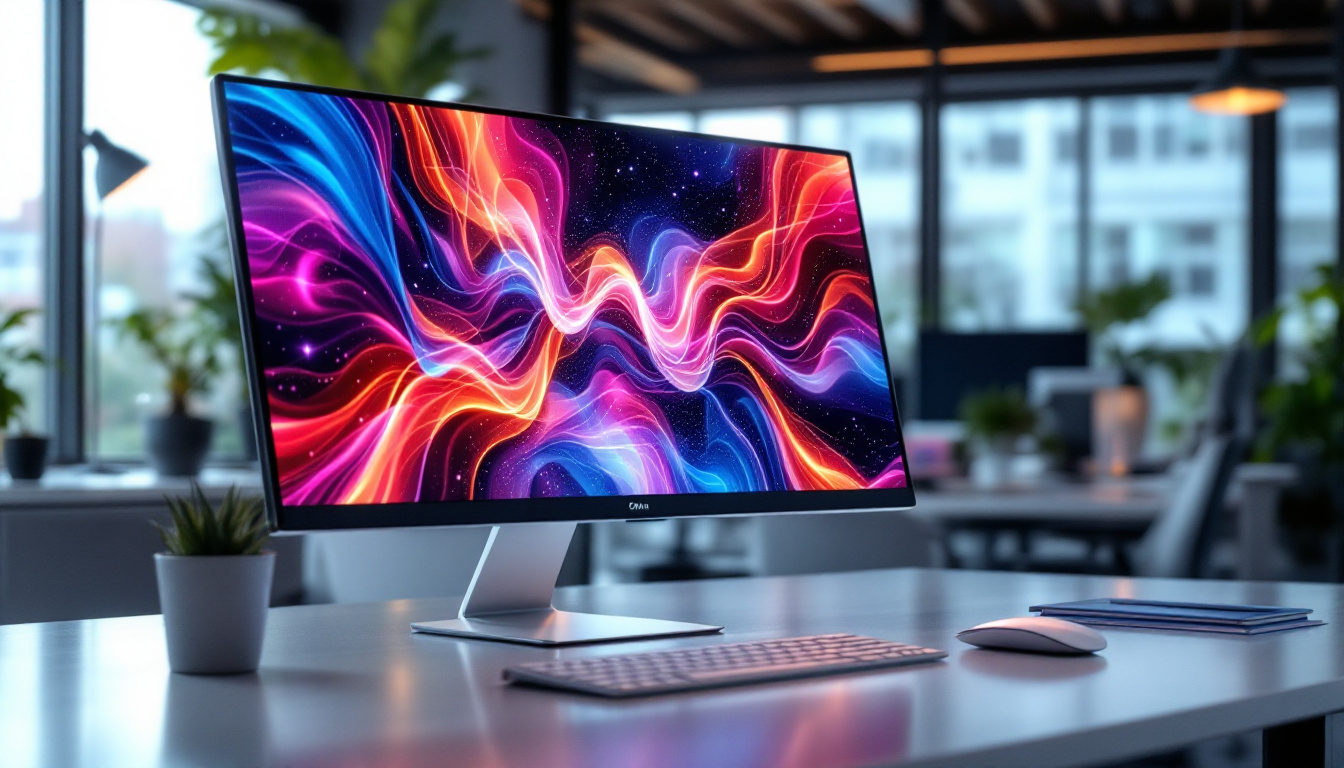In today’s digital age, the way information is presented has evolved significantly. Among the various tools that enhance visual communication, the black display pedestal with LED technology stands out. This article delves into the intricacies of LED displays, their applications, and the benefits they offer, particularly when integrated into black display pedestals.
Understanding LED Technology
Light Emitting Diodes (LEDs) have revolutionized the display industry. Unlike traditional lighting methods, LEDs are energy-efficient, long-lasting, and capable of producing vibrant colors. The fundamental principle behind LED technology is the electroluminescence of semiconductor materials, which emit light when an electric current passes through them. This remarkable efficiency not only reduces energy consumption but also contributes to lower operational costs over time, making LEDs an attractive option for both consumers and businesses alike.
How LEDs Work
At the core of LED technology is a semiconductor chip that emits light when energized. This chip is encased in a lens that helps focus and direct the light. The color of the light emitted depends on the materials used in the semiconductor. For instance, different combinations of gallium, arsenic, and phosphorous can produce a wide range of colors. Additionally, the use of phosphor coatings can further enhance color quality and brightness, allowing for more vivid displays that can be tailored to specific applications, from artistic installations to functional signage.
LEDs can be arranged in various configurations to create displays of different sizes and resolutions. The pixel density, measured in pixels per inch (PPI), plays a crucial role in determining the clarity and sharpness of the images displayed. Higher pixel density results in better image quality, making it essential for applications requiring detailed visuals. Moreover, advancements in technology have led to the development of flexible LED panels that can be curved or shaped to fit unconventional spaces, opening up new possibilities for innovative designs in architecture and advertising.
Types of LED Displays
LED displays come in several types, each suited for specific applications. The two most common types are:
- Direct View LED Displays: These displays consist of individual LEDs that form the entire image. They are often used in large outdoor screens and digital billboards. Their high brightness and visibility in direct sunlight make them ideal for advertising and public announcements.
- LED Backlit Displays: These displays use LEDs to illuminate an LCD panel from behind. They are commonly found in televisions and computer monitors. The backlighting enhances contrast and color accuracy, providing a more immersive viewing experience.
Each type has its advantages and disadvantages, making it important to choose the right one based on the intended use. For instance, while direct view displays are excellent for large-scale outdoor applications, they may not be suitable for environments where space is limited. Conversely, LED backlit displays are perfect for home entertainment systems, but they may not achieve the same level of brightness as direct view models. Furthermore, the growing trend of integrating smart technology with LED displays has led to the emergence of interactive screens that can respond to user inputs, enhancing engagement in retail and educational settings.
The Role of Black Display Pedestals
Black display pedestals serve as a stylish and functional base for LED displays. They not only provide stability and support but also enhance the overall aesthetic appeal of the display setup. The choice of a black pedestal is particularly significant, as the color black tends to create a striking contrast with the vibrant colors emitted by LED displays.
Design and Aesthetics
The design of a black display pedestal can vary widely, from sleek and modern to more traditional styles. The choice of design should align with the environment in which the display will be used. For instance, a contemporary office might benefit from a minimalist pedestal, while a retail space could opt for a more ornate design to attract attention.
Moreover, the black color absorbs light, reducing glare and reflections, which can enhance the viewing experience. This is particularly important in environments with bright ambient lighting, where reflections can detract from the visibility of the display.
Functionality and Stability
Beyond aesthetics, the functionality of a black display pedestal is paramount. A well-designed pedestal should provide adequate support for the LED display, ensuring it remains stable and secure. This is especially crucial for larger displays, which may be prone to tipping or swaying if not properly supported.
Additionally, many display pedestals come equipped with features such as cable management systems, which help keep wires organized and out of sight. This not only improves the appearance of the setup but also makes maintenance easier.
Applications of Black Display Pedestals with LED Displays
The combination of black display pedestals and LED displays finds applications across various industries. From retail to corporate environments, these setups can enhance communication and engagement in numerous ways.
Retail Environments
In retail, black display pedestals with LED displays are often used to showcase products, promotions, and advertisements. The vibrant colors of the LED screens capture customers’ attention, while the sleek design of the pedestal complements the store’s aesthetic.
Interactive displays can also be integrated into these setups, allowing customers to engage with the content. This interactivity can lead to increased sales and improved customer experiences, as shoppers are more likely to remember brands that engage them effectively.
Corporate Settings
In corporate environments, black display pedestals with LED displays are commonly used for presentations, meetings, and informational displays. The clarity and brightness of LED technology ensure that content is visible even in well-lit rooms, making it an ideal choice for business settings.
Moreover, these displays can be used to convey important information such as company announcements, schedules, or performance metrics. The ability to update content easily and remotely adds to the versatility of these displays, allowing companies to adapt quickly to changing needs.
Advantages of Using Black Display Pedestals with LED Displays
The integration of black display pedestals with LED technology offers numerous advantages that enhance both functionality and visual appeal.
Energy Efficiency
One of the most significant benefits of LED displays is their energy efficiency. Compared to traditional display technologies, LEDs consume significantly less power, which can lead to substantial cost savings over time. This is particularly advantageous for businesses that operate displays for extended periods.
Additionally, the longevity of LED technology means that replacements are less frequent, further reducing maintenance costs. Many LED displays can last over 50,000 hours, making them a reliable choice for long-term use.
Versatility and Customization
Black display pedestals can be customized to fit specific needs, whether it’s adjusting the height, size, or design. This flexibility allows businesses to create a display setup that aligns perfectly with their branding and operational requirements.
Furthermore, LED displays can be configured in various shapes and sizes, enabling creative installations that attract attention. This versatility makes them suitable for a wide range of applications, from exhibitions to permanent installations in public spaces.
Challenges and Considerations
While the benefits of black display pedestals and LED displays are substantial, there are challenges and considerations that must be addressed when implementing these technologies.
Cost Implications
The initial investment for LED displays and quality pedestals can be significant. Businesses must weigh the upfront costs against the long-term savings and benefits. It’s essential to conduct a thorough cost-benefit analysis to determine whether the investment aligns with the organization’s goals.
Moreover, ongoing maintenance and potential upgrades should also be factored into the overall budget. Understanding the total cost of ownership will help businesses make informed decisions.
Technical Expertise
Implementing LED displays often requires a certain level of technical expertise, especially when it comes to installation and maintenance. Organizations may need to invest in training for staff or hire external professionals to ensure the displays are set up and maintained correctly.
Additionally, as technology continues to evolve, staying updated on the latest advancements in LED technology and display design is crucial. This may require ongoing education and investment in new tools or software.
The Future of Black Display Pedestals and LED Displays
The future of black display pedestals and LED displays looks promising, with advancements in technology paving the way for even more innovative applications. As the demand for high-quality visual communication continues to grow, businesses are likely to explore new ways to leverage these tools.
Emerging Trends
One emerging trend is the integration of interactive features into LED displays. Touchscreen technology and augmented reality (AR) are becoming increasingly popular, allowing users to engage with content in real time. This interactivity can enhance the user experience and create more memorable interactions.
Additionally, as sustainability becomes a more pressing concern, manufacturers are focusing on creating eco-friendly LED displays. This includes using recyclable materials and reducing energy consumption, aligning with global efforts to promote sustainability in business practices.
Integration with Smart Technologies
As smart technologies continue to evolve, the integration of LED displays with IoT (Internet of Things) devices is expected to increase. This connectivity can enable real-time data updates, enhancing the relevance and impact of the displayed content.
Moreover, the ability to control displays remotely through mobile devices or cloud-based platforms will simplify management and enhance flexibility. This is particularly beneficial for businesses with multiple locations or those that require frequent updates to their displays.
Conclusion
The black display pedestal combined with LED technology represents a powerful tool for effective communication and engagement across various industries. With their energy efficiency, versatility, and aesthetic appeal, these displays are poised to play a significant role in the future of visual communication.
As businesses continue to explore innovative ways to connect with their audiences, the integration of black display pedestals and LED displays will undoubtedly remain a focal point. By understanding the advantages and challenges associated with these technologies, organizations can make informed decisions that enhance their communication strategies and drive success.
Discover LumenMatrix’s Innovative LED Display Solutions
Ready to elevate your visual communication and create a lasting impression? LumenMatrix offers a comprehensive range of LED display solutions tailored to your unique needs. From captivating Indoor and Outdoor LED Wall Displays to dynamic Vehicle and Sports Displays, our cutting-edge technology ensures your message stands out. Experience the transformative power of our Custom LED Displays, All-in-One solutions, and groundbreaking LED Transparent Displays. Embrace the future of digital signage with LumenMatrix and share your message with unparalleled clarity and impact. Check out LumenMatrix LED Display Solutions today and see how we can revolutionize your visual engagement.

